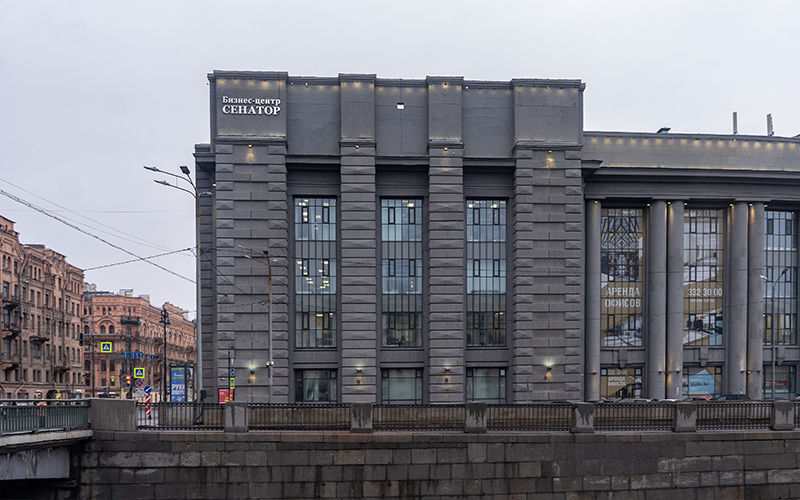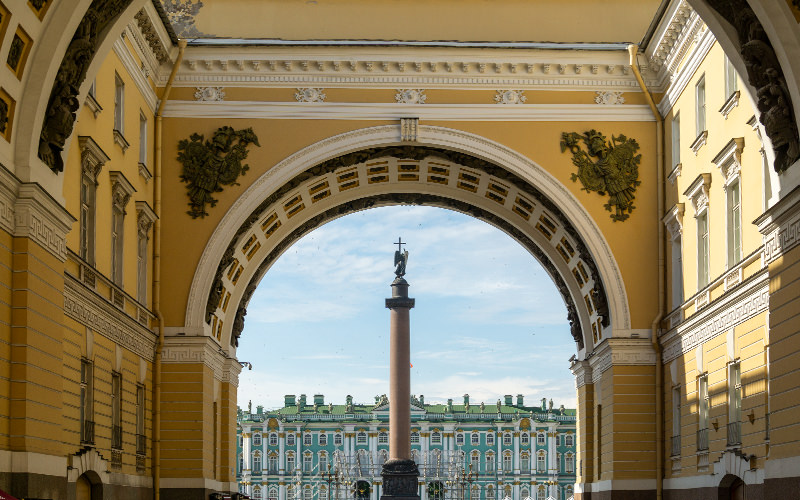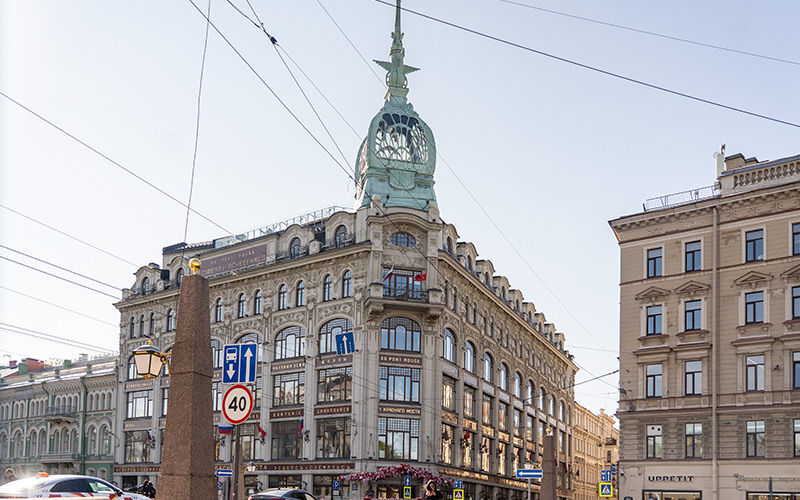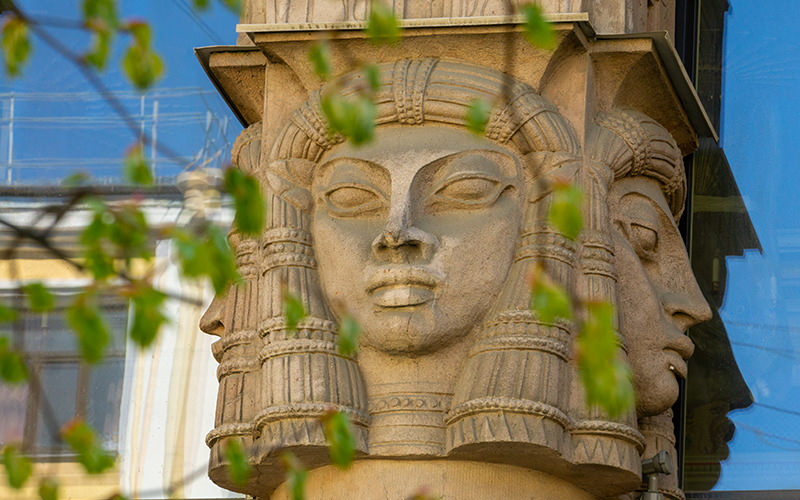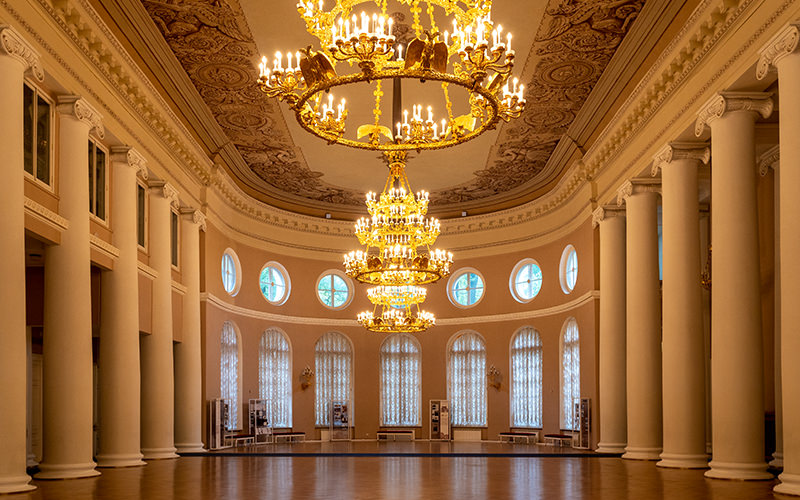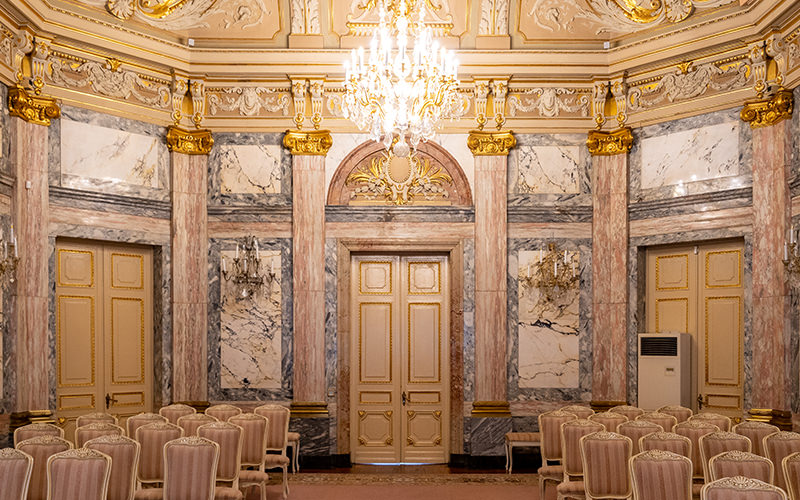That's why I pray not for myself
But all of you who stood there with me
Through fiercest cold and scorching July heat
Under a towering, completely blind red wall.
— A. A. Akhmatova, Requiem
“Kresty” (Crosses), along with the Peter and Paul Fortress and the Shlisselburg Fortress ("Oreshek"), is one of the most famous places of confinement for political prisoners. Undoubtedly, we know about this prison from our school days — through the poem “Requiem” by Anna Akhmatova. In this work, the poetess describes the most dreadful periods of her life, when her son, Lev Gumilev, was imprisoned. Part of his sentence was served in “Kresty.”
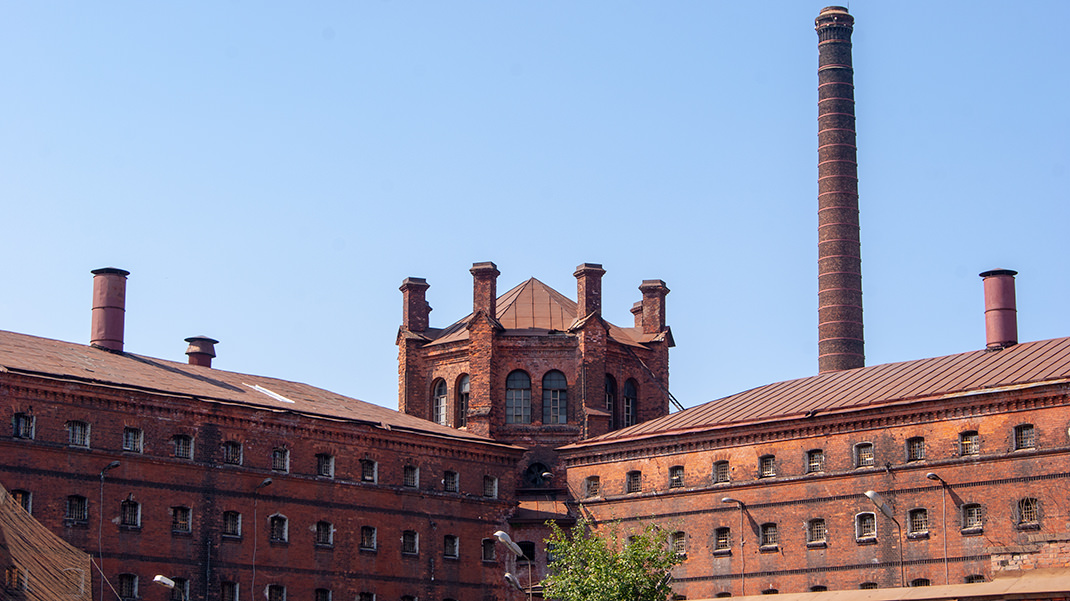
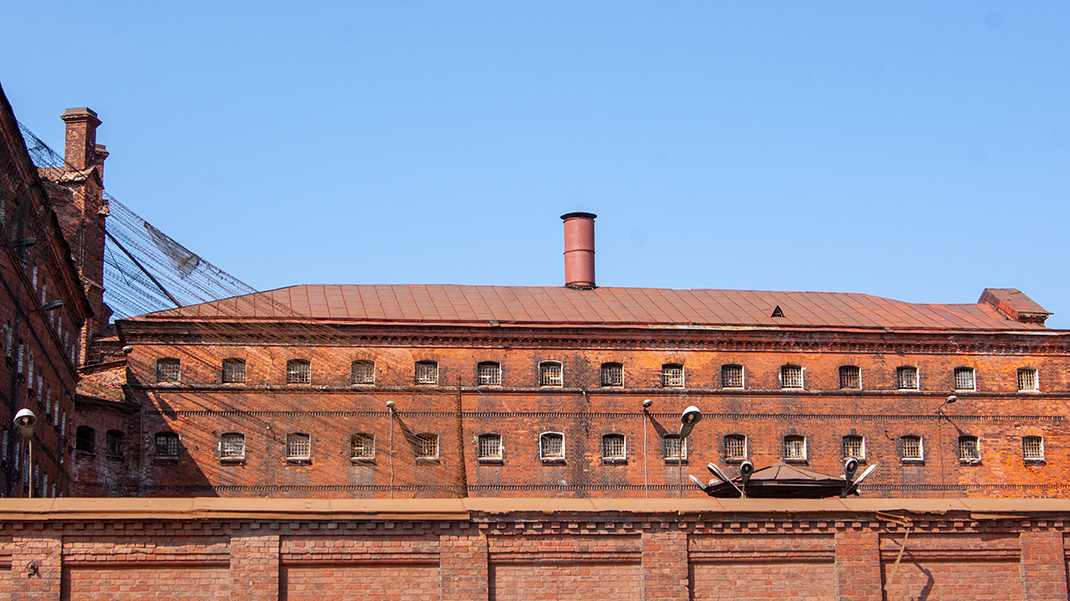
History of "Kresty"
A prison has existed at this location since 1867. In 1884, construction began on the modern buildings we know today. The construction lasted six years and was carried out by the prisoners themselves — as new buildings were erected, the old ones were demolished. The prison was designed to hold 1,150 people.
The name “Kresty” (Crosses) comes from the shape of the prison buildings: when viewed from above, the buildings form two crosses connected by an administrative building. The architects intended the crosses to symbolize the spiritual repentance of the prisoners. On the top floor of the administrative building, a church dedicated to Alexander Nevsky was added with private funds.
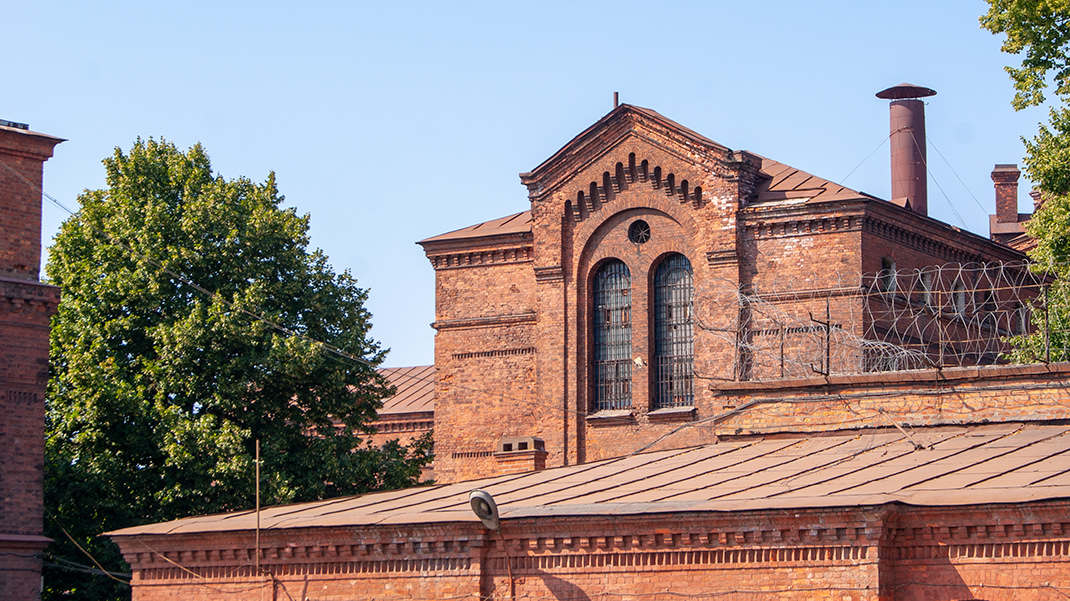
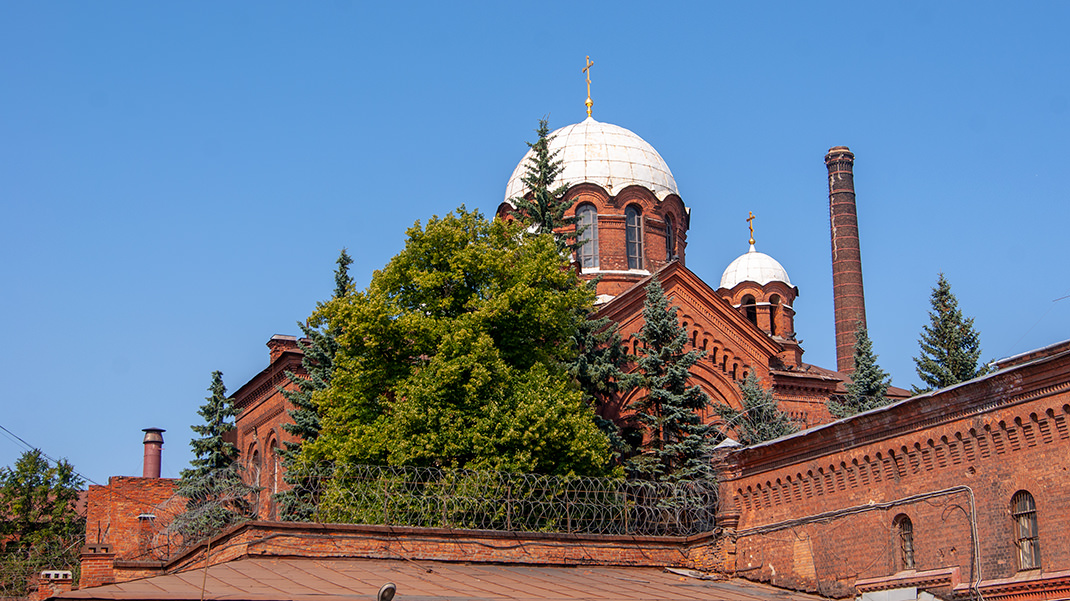
At different times, the "Kresty" prison held Marshal of the Soviet Union K. K. Rokossovsky, poet N. A. Zabolotsky, famous actor G. S. Zhzhonov, Bolsheviks P. E. Dybenko, A. V. Lunacharsky, and L. D. Trotsky.
Incidentally, there is a story on the internet that the latter, Lev Davidovich Bronstein, took his pseudonym, Trotsky, from the name of a guard at "Kresty." The story is only partly true; it actually happened this way, but the guard Trotsky worked in the Odessa prison where the revolutionary was held at the end of the 19th century.
The prison was considered exemplary and was the largest in Europe.
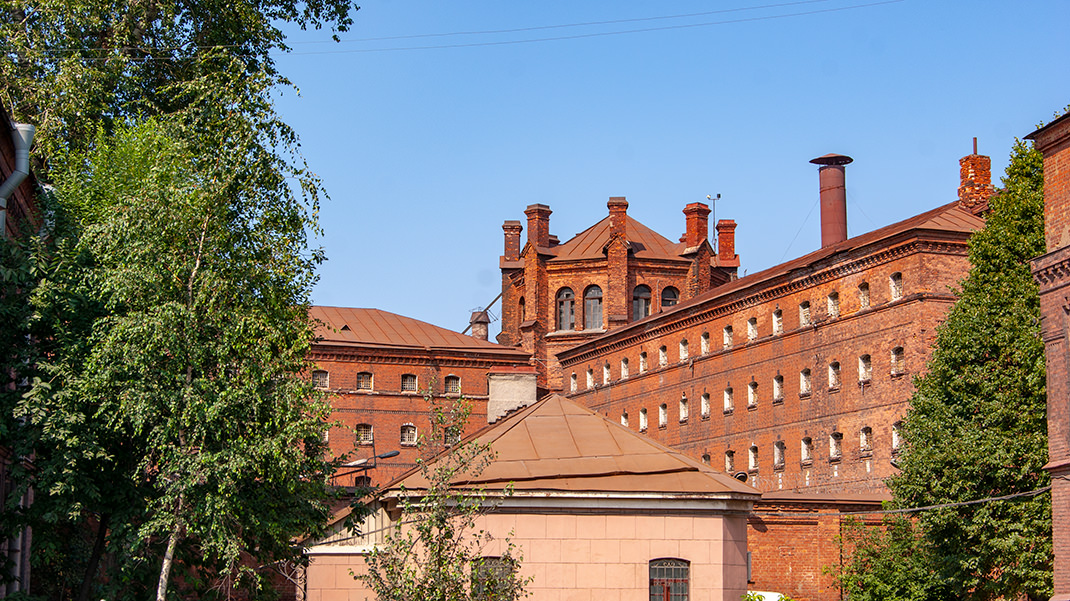
During the Soviet era, most of the inmates at "Kresty" were imprisoned on political charges. Following the state's anti-religious policies, the domes on the church were removed, and the building was repurposed for administrative offices. Since 1964, the prison has been used as a pre-trial detention center. The domes of the church were restored only in 2004.
In the early 2000s, a decision was made to construct a new detention center building in Kolpino. On December 22, 2017, the last prisoner was transferred from "Kresty" to the new location. The detention center in Kolpino is unofficially called “Kresty-2,” and the modern facility is designed similarly to its predecessor, in the shape of two crosses.
Monument to the Victims of Political Repressions and Monument to Anna Akhmatova
On the other side of the Neva River stands a monument to the victims of political repressions, erected in 1995. It is dedicated to all those convicted on political charges.
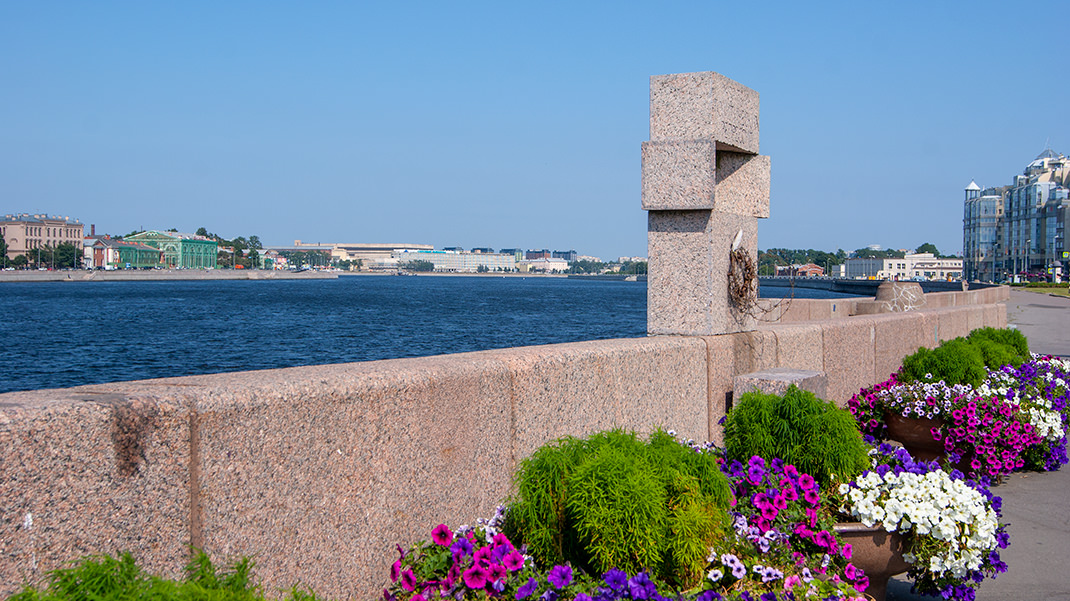
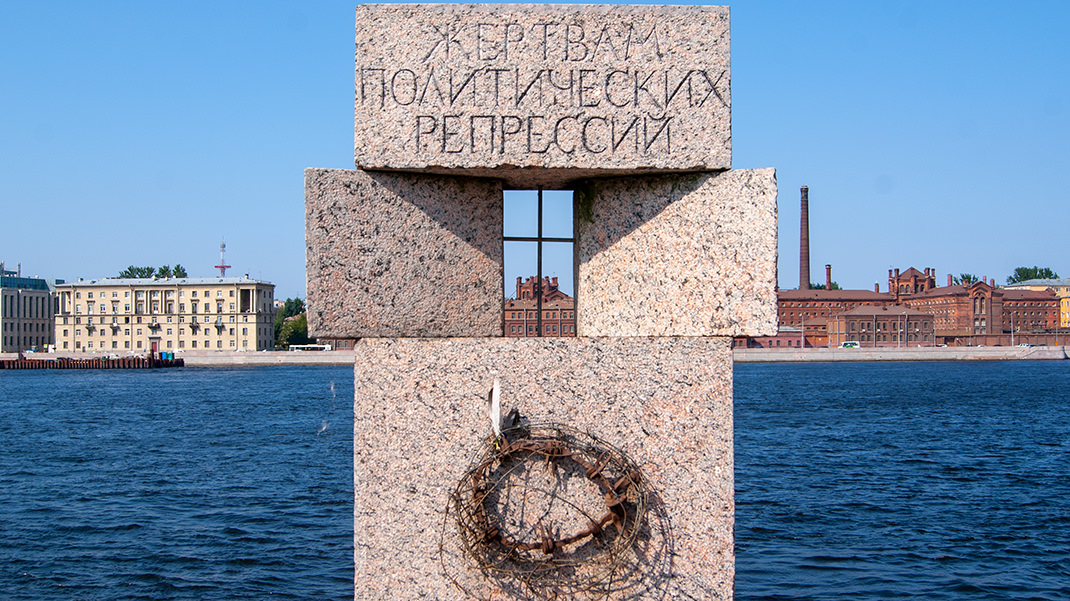
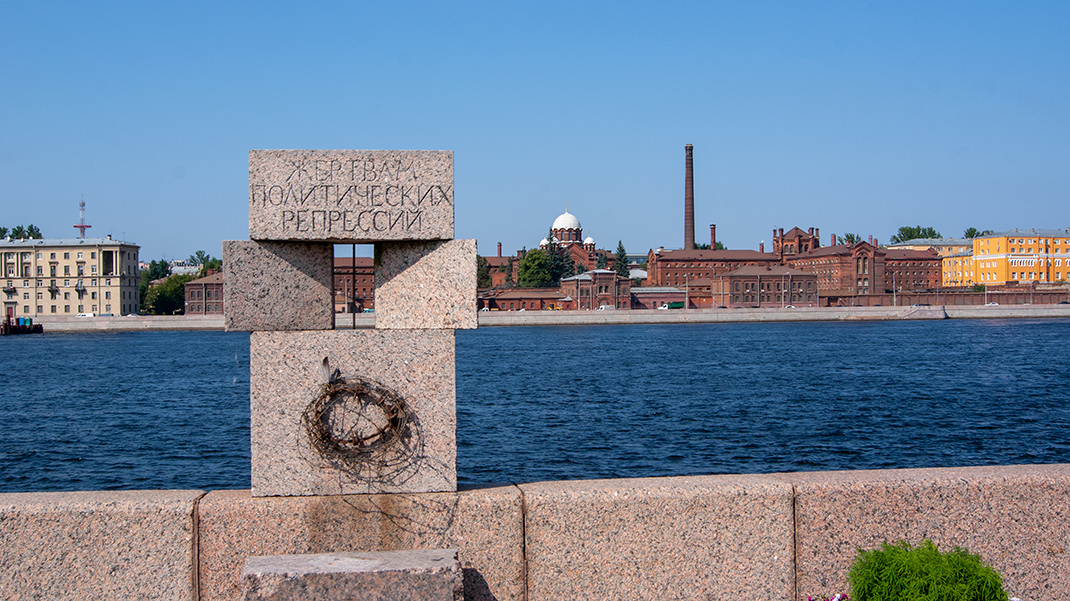
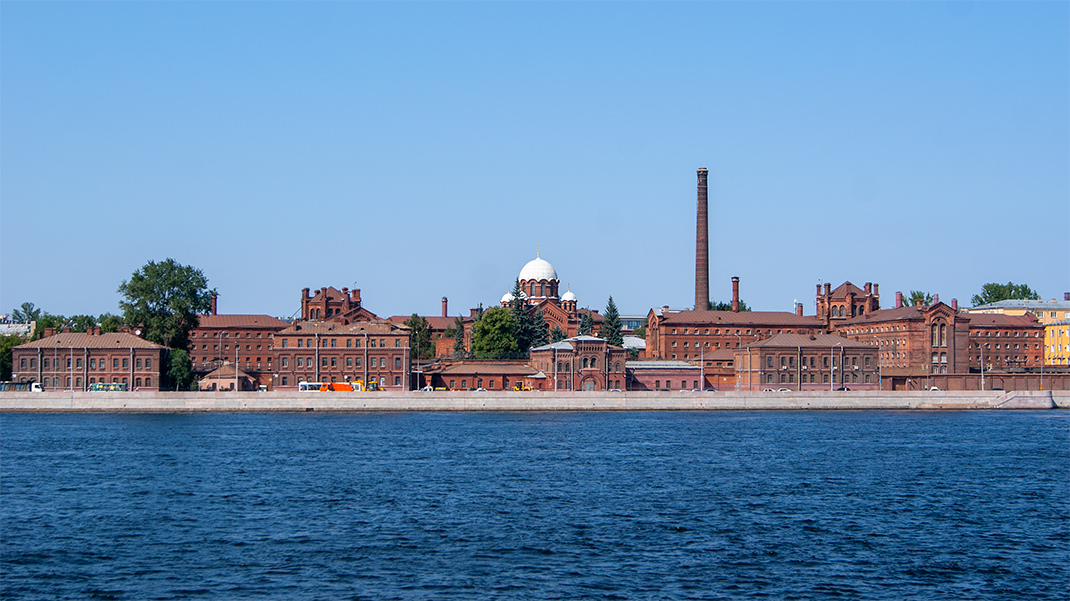
The memorial is divided into two groups: granite blocks with an improvised prison window are installed on the embankment. If you look through the window, you get a view of "Kresty." Additionally, the monument features a thorn wreath with barbed wire and a book made of granite. At the time of writing, the book was missing (possibly stolen or under restoration).
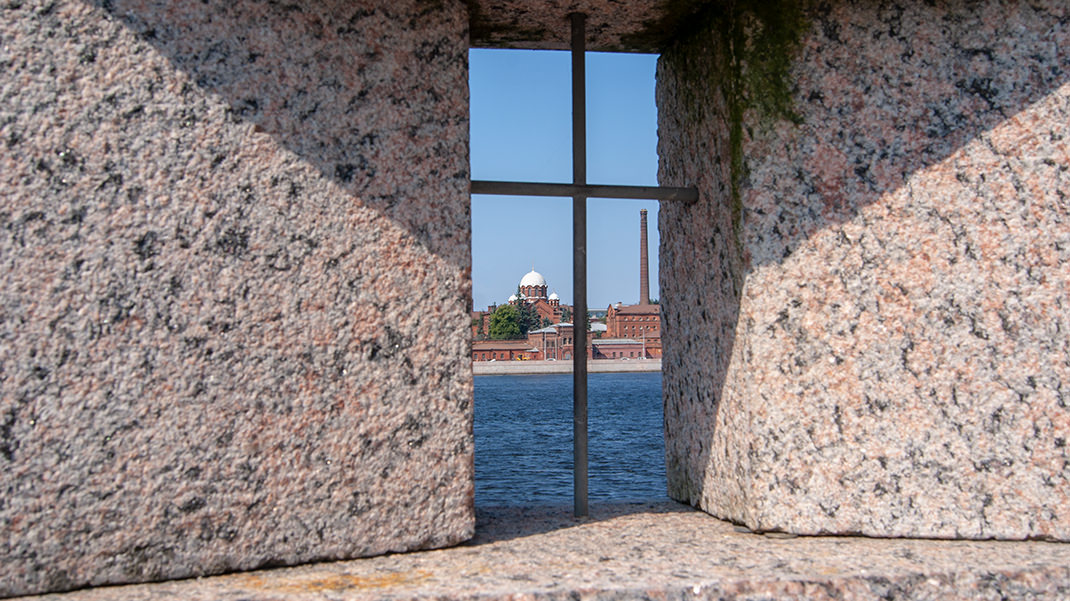
A few meters from this installation are two bronze sphinxes, which from a distance resemble the sphinxes on the University Embankment. The figures face the houses on the embankment with youthful female faces. When viewed from the "Kresty" side, the faces are deformed skulls.
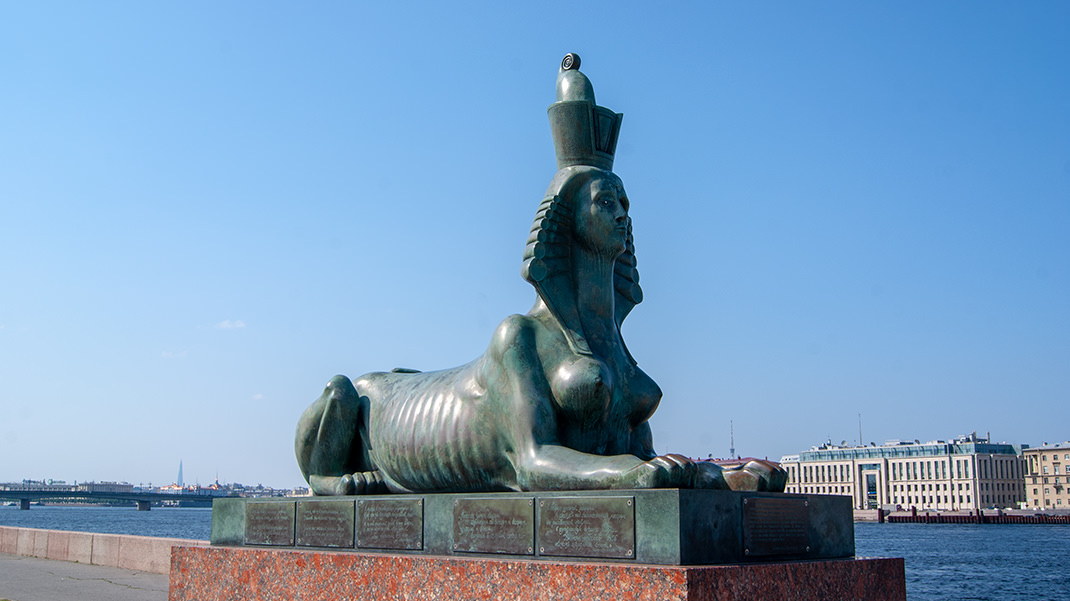
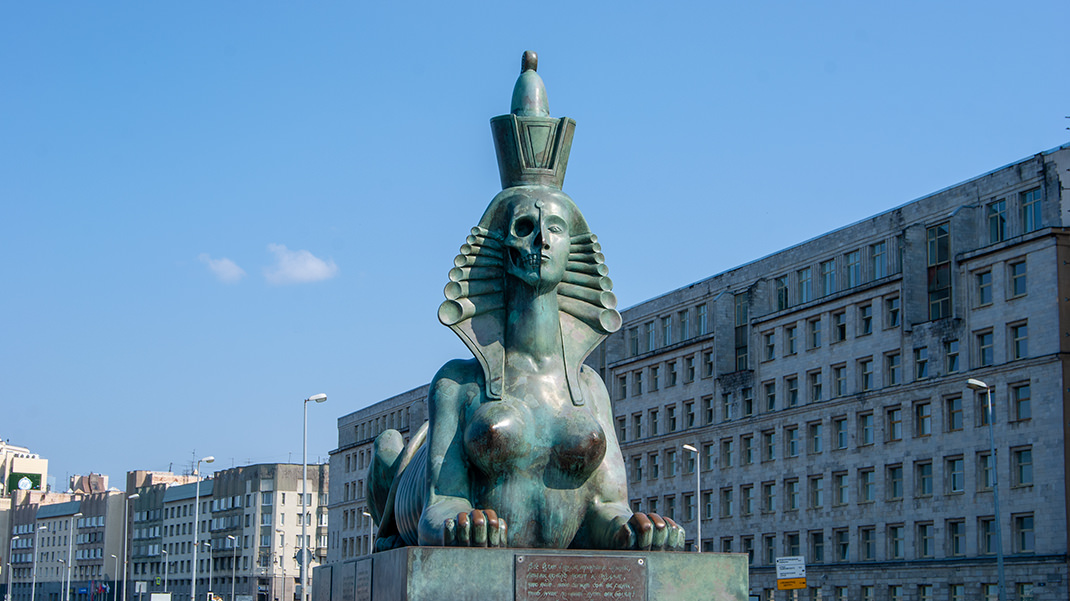
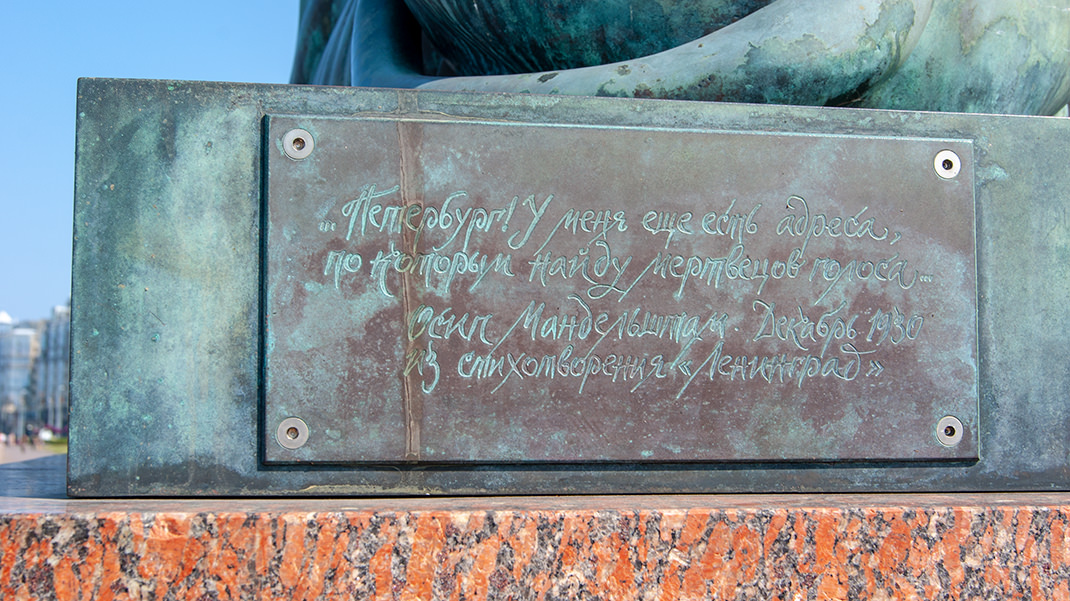
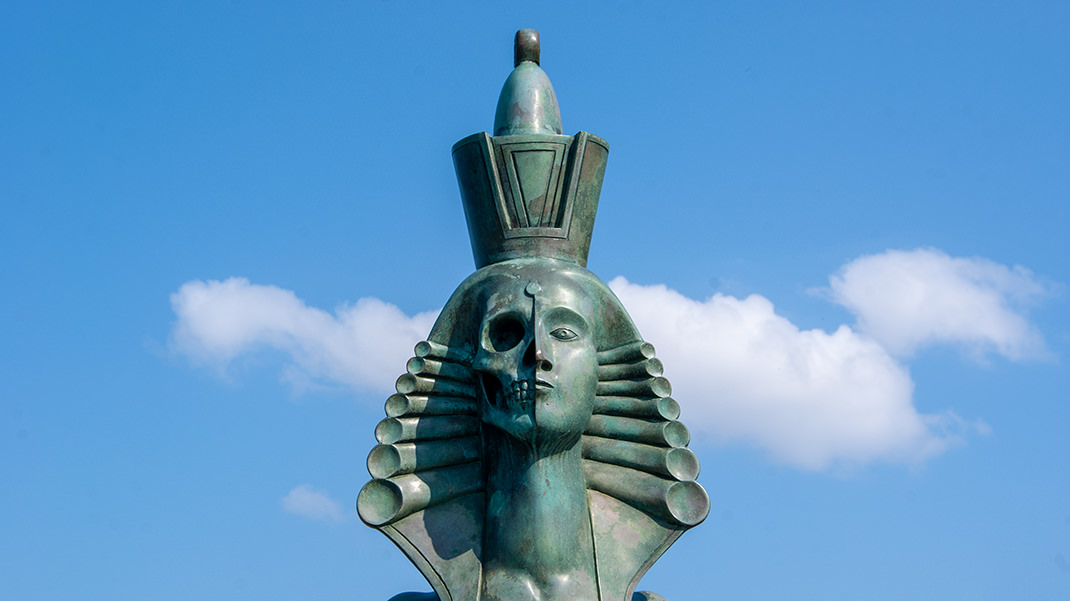
The pedestals of the figures bear plaques with quotes from famous Russian and Soviet authors.
Not far from this location, on the other side of Voskresenskaya Embankment, a monument to Anna Akhmatova was installed in 2006. The poetess herself wrote in “Requiem”:
If someone someday in this country
Decides to raise a memorial to me,
I give my consent to this festivity
But only on this condition; do not build it
By the sea where I was born,
I have severed my last ties with the sea;
Nor in the Tsar's Park by the hallowed stump
Where an inconsolable shadow looks for me;
Build it here where I stood for three hundred hours
And no-one slid open the bolt.
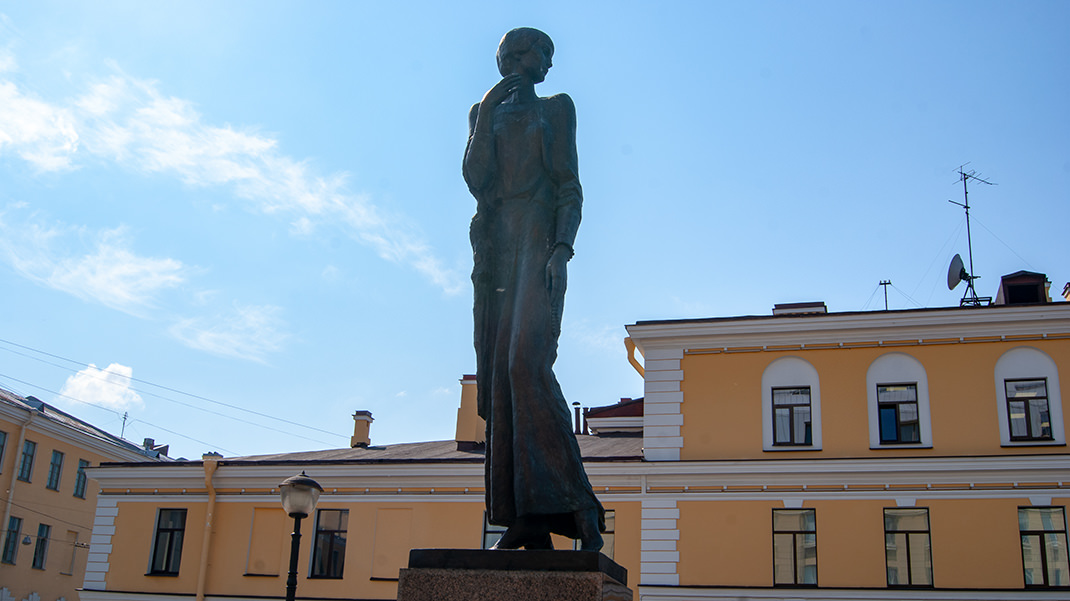
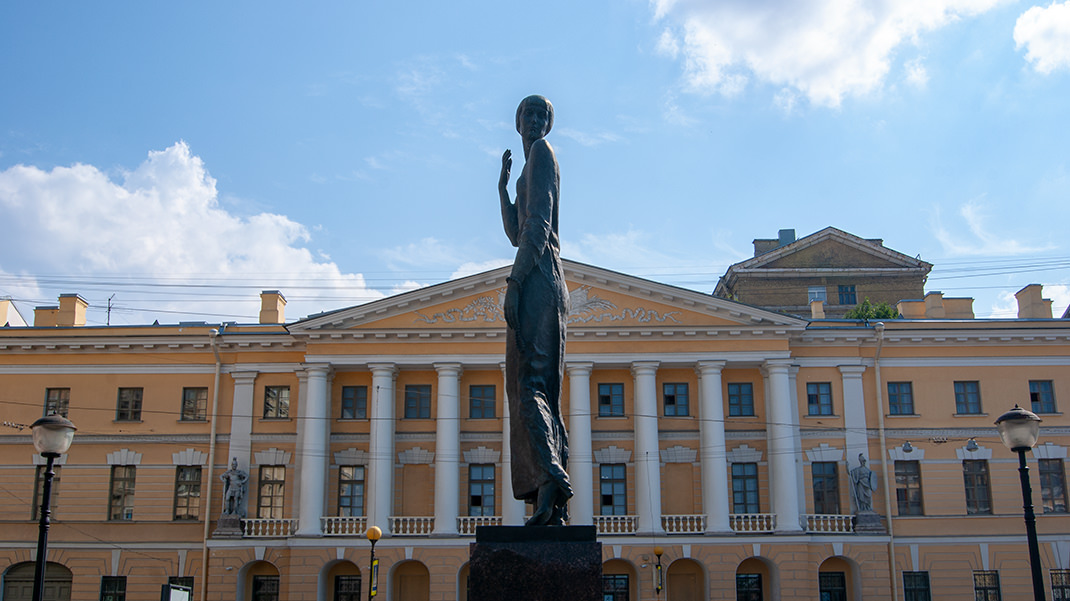
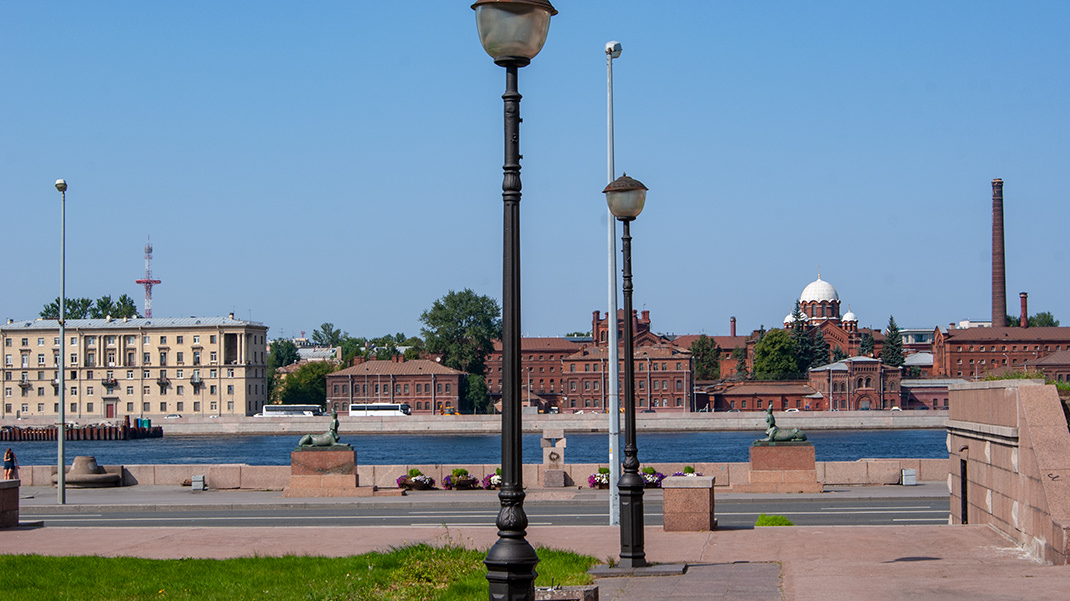
This monument is not a major tourist attraction in St. Petersburg, and not all locals are aware of it, but such monuments help us remember the history of our country, including its more sorrowful periods.


